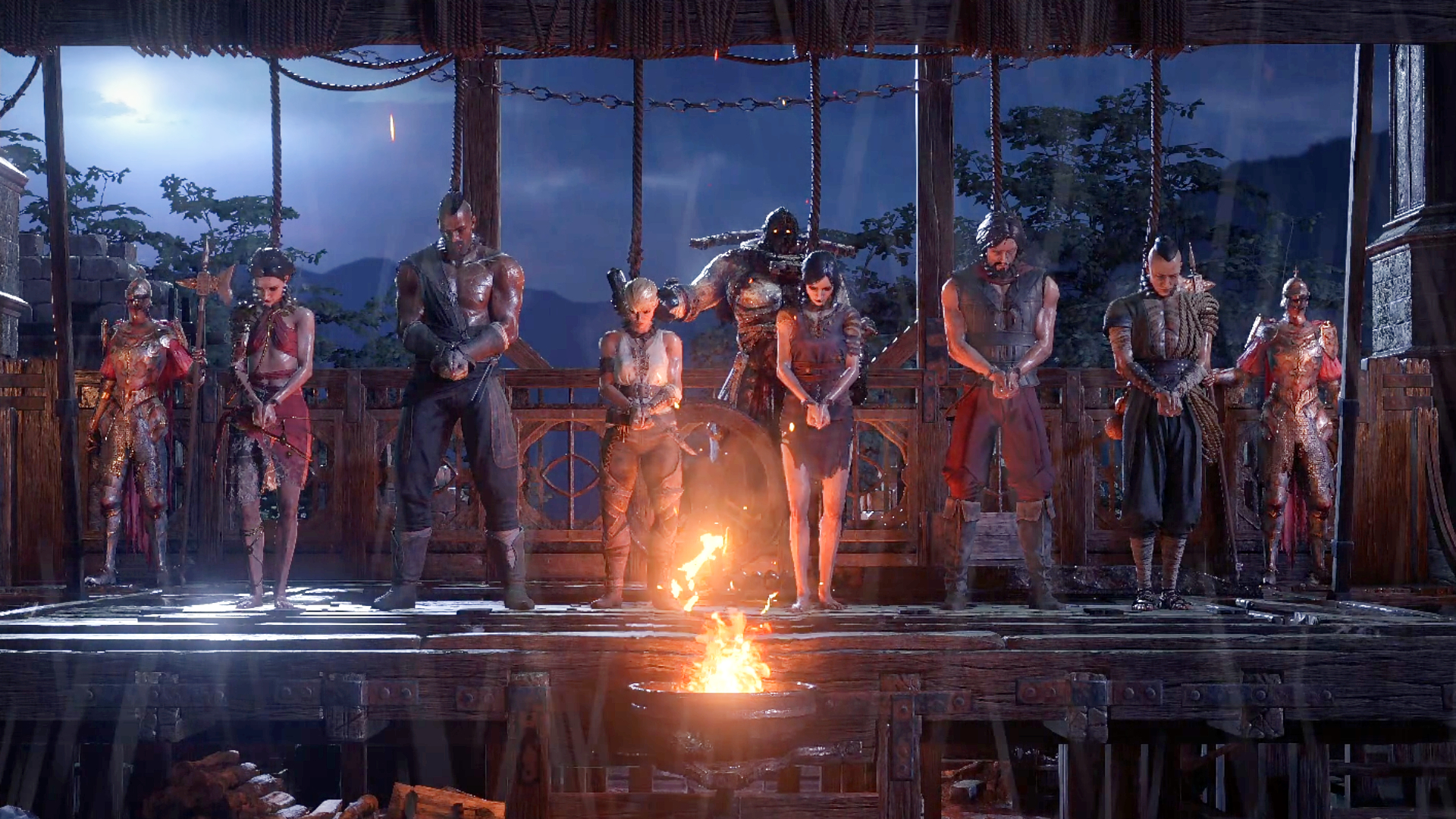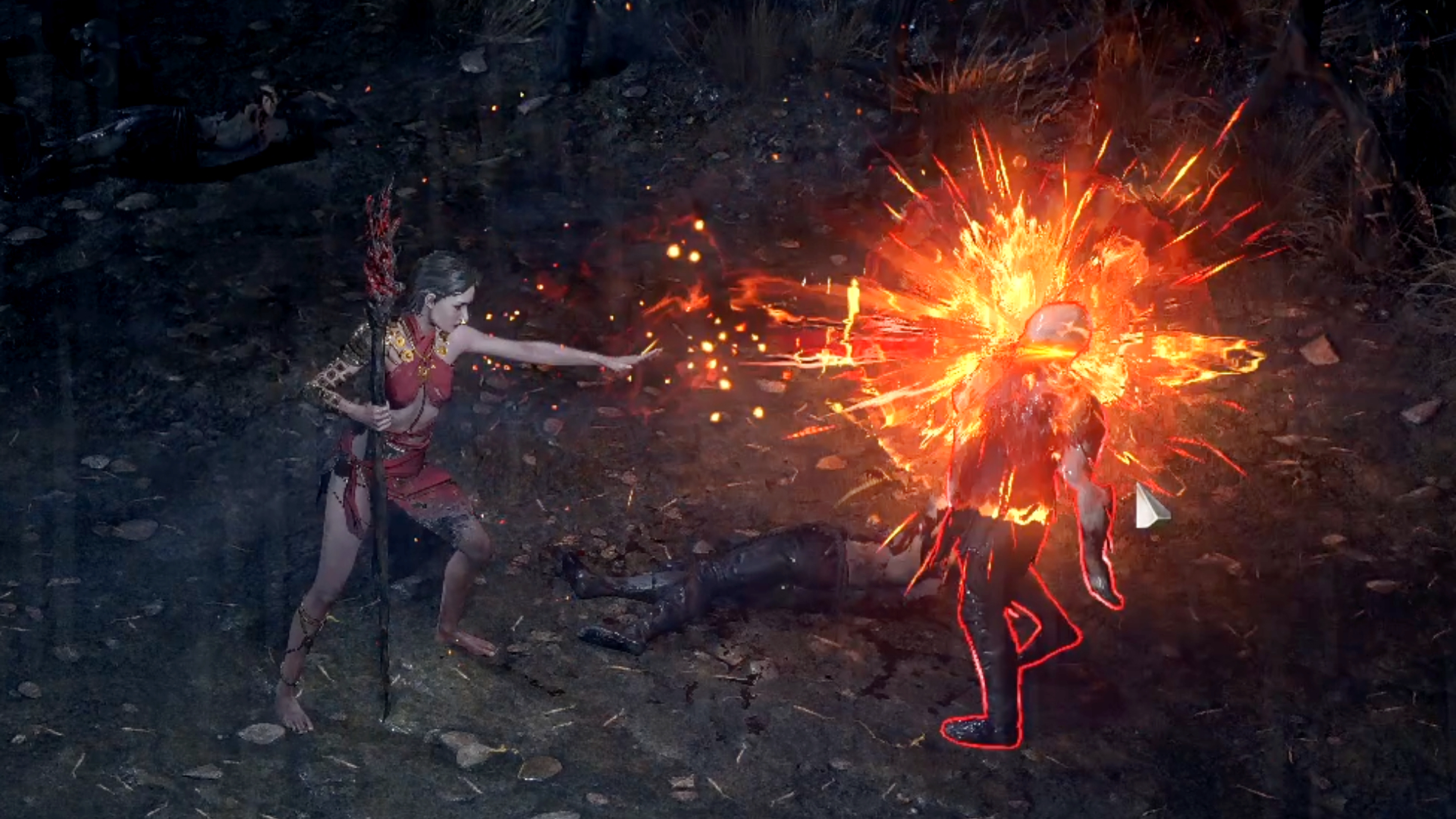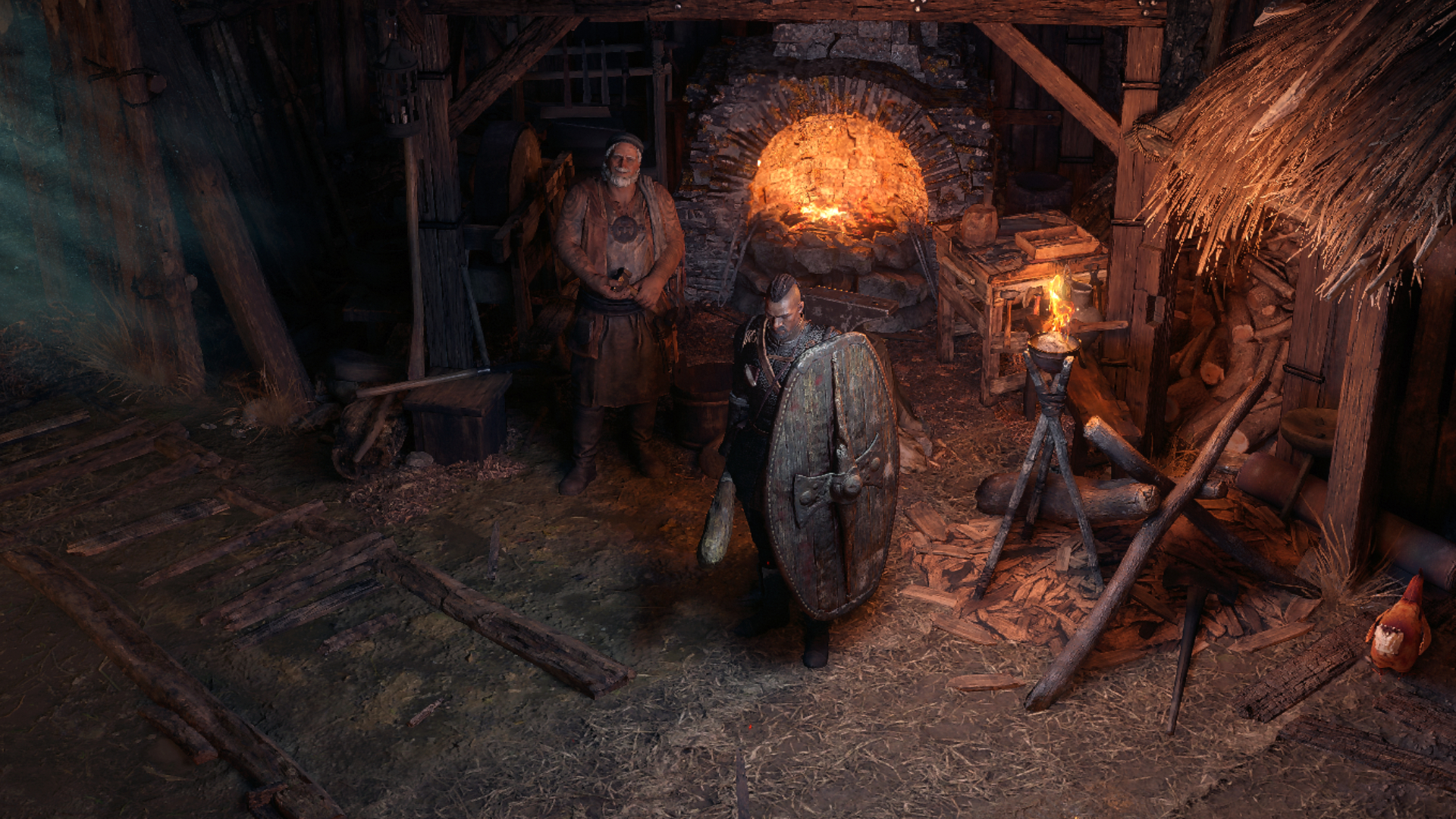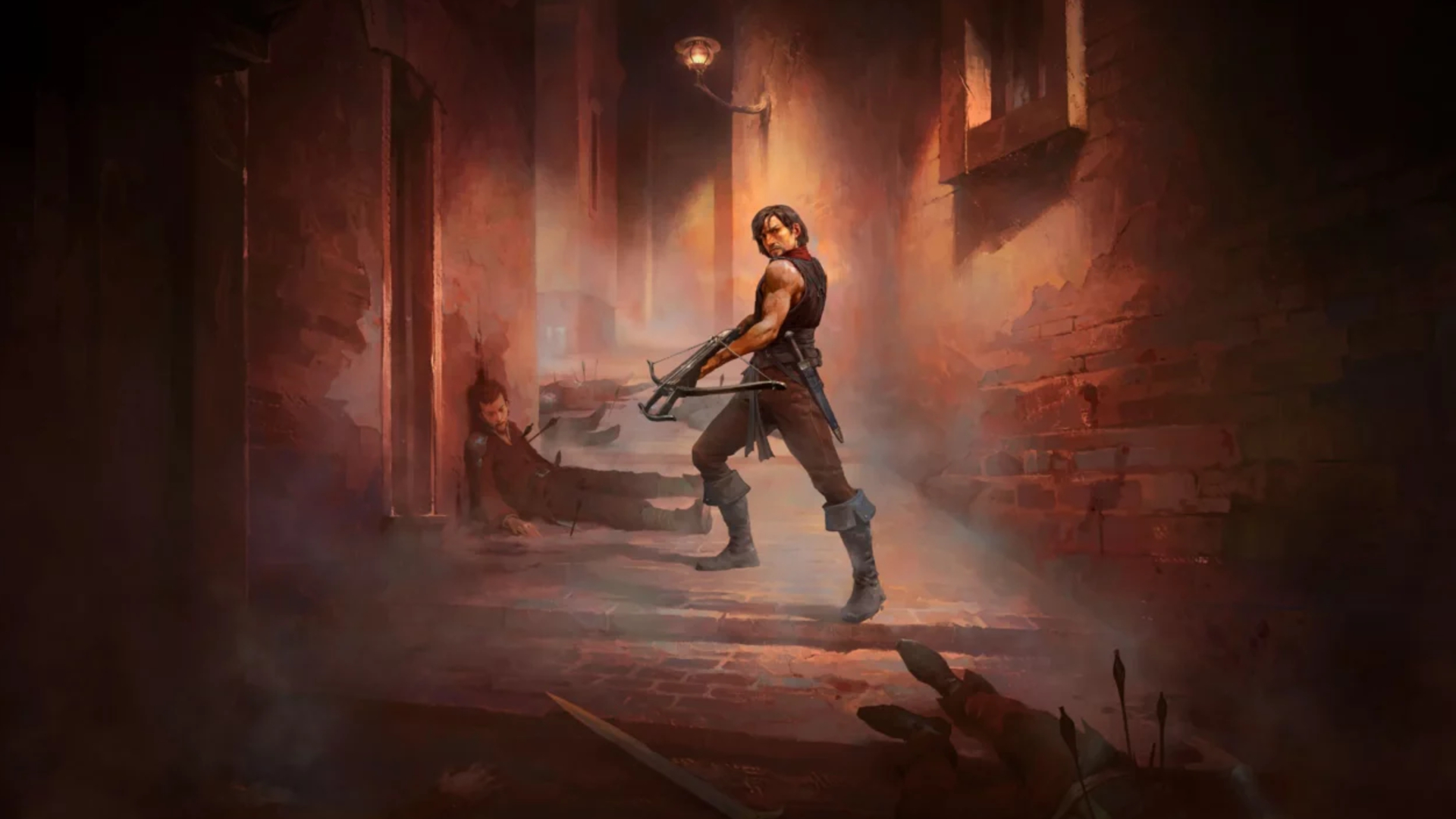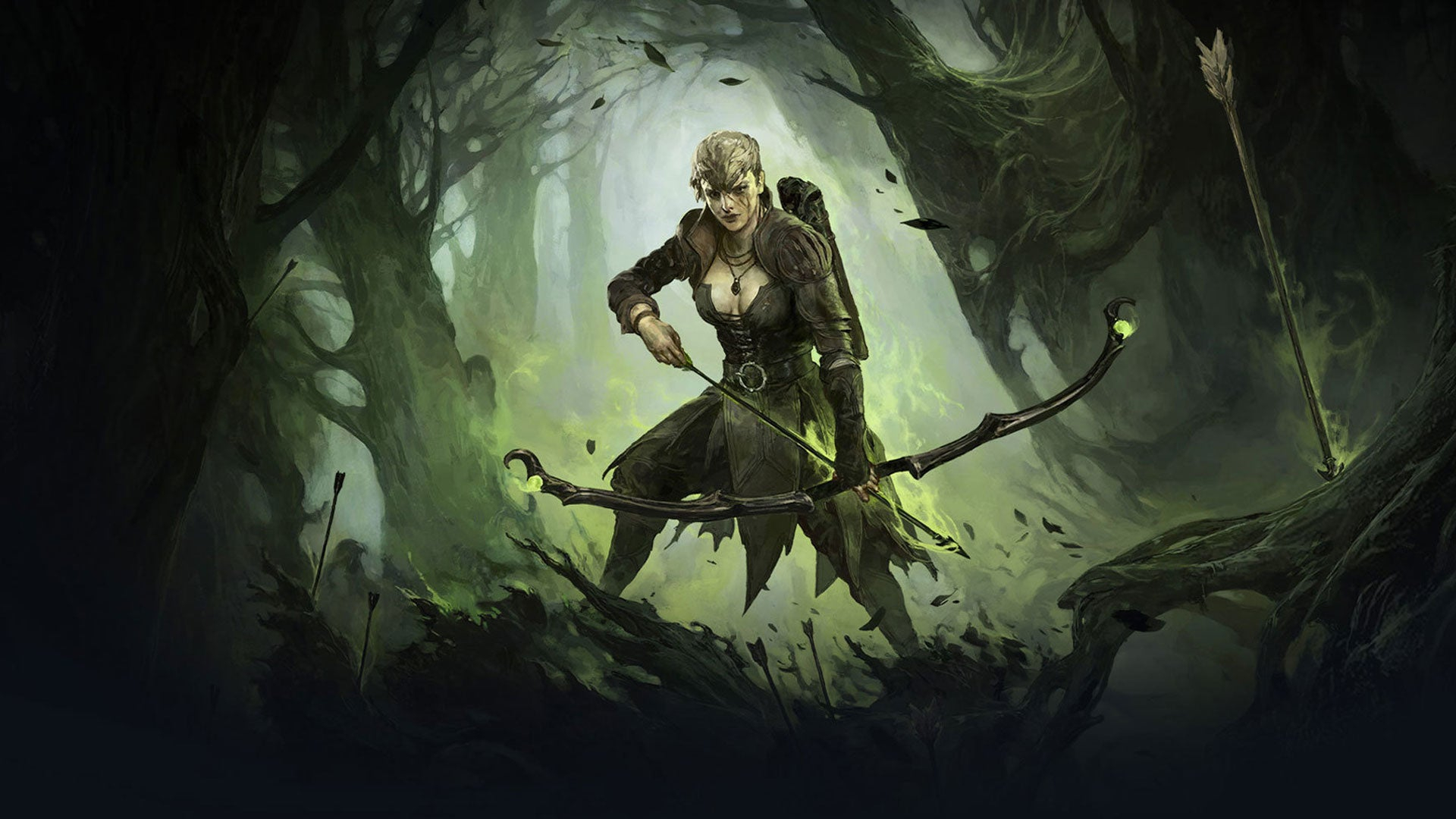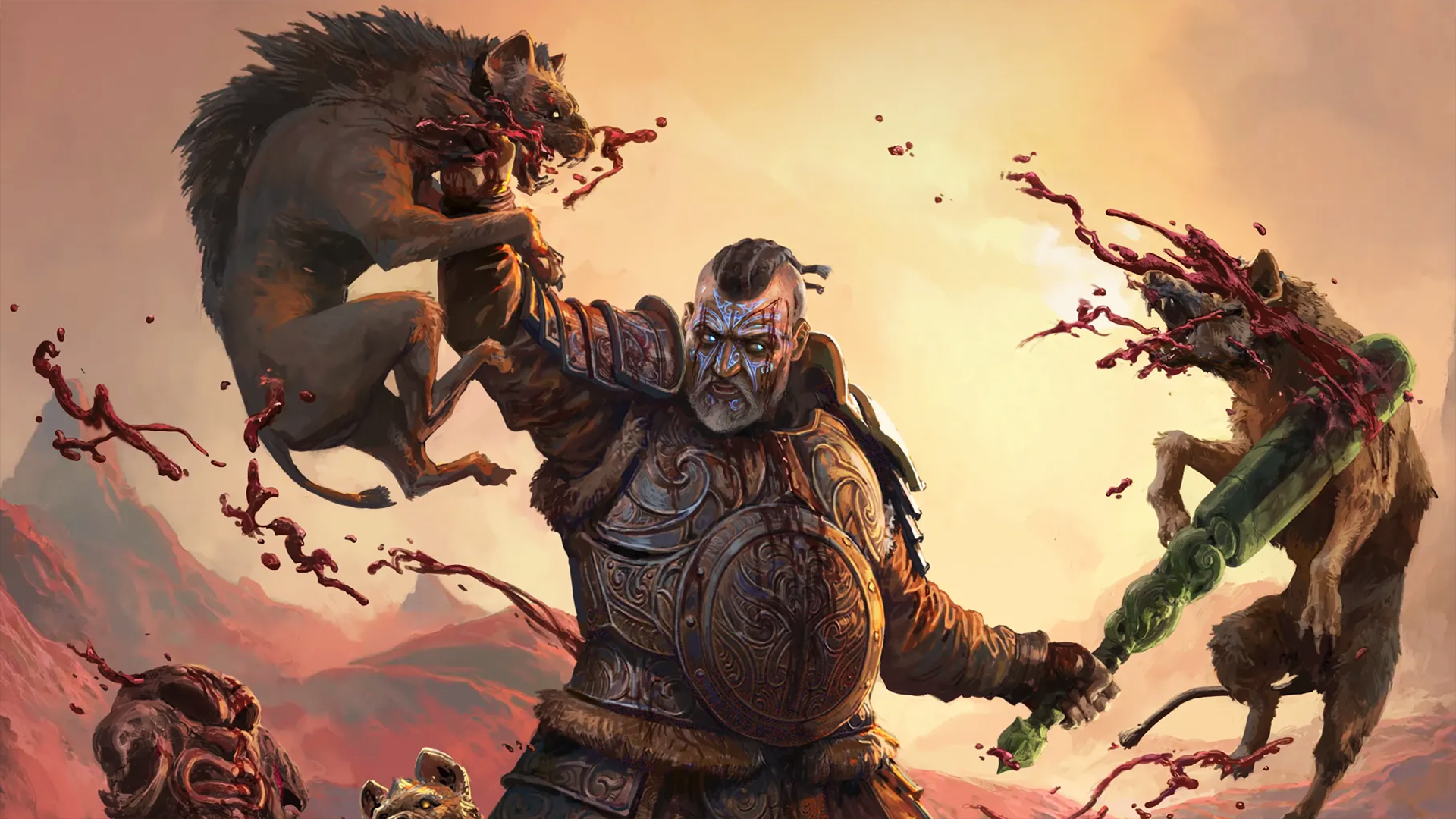Path of Exile 2: PoE 2 Skill Tree guide
All the details on the Passive Skill Tree, including weapon specialisation and how to respec
Overwhelmed by the Passive Skill Tree in Path of Exile 2?Path of Exile 2 features a gigantic Passive Skill Tree that looks more like a series of constellations than anything else. Newcomers to the franchise will be struck speechless by the many skill nodes available for customisation, and they might also be confused by the weapon specialisation and respec systems.
The good news about this Passive Skill Tree is that it's much more intimidating upon first glance than it is in actuality. No node on the skill tree is useless, and you can change them at will as long as you've got extra gold to spare. If you're still intimidated, read on - in this guide we'll provide a complete guide to PoE 2's Passive Skill Tree, including how to respec.
Path of Exile 2 Passive Skill Tree: Everything you need to know
In Path of Exile 2, all classes share the same giant Passive Skill Tree, which is filled with various nodes. You gain a Passive Skill Tree point every time you level up, and you can exchange a point for a node to strengthen your character. The nodes do everything from offering boosts to the game's key Attributes to powering up summonable minions.
For in-depth explanations of the various aspects of the Passive Skill Tree, click on one of the following:
- Passive Skill Tree Attributes
- Passive Skill Tree node types
- Path of Exile 2 weapon specialisation
- How to respec in Path of Exile 2
Passive Skill Tree Attribute locations
While all of Path of Exile 2's classes share the Passive Skill Tree, their starting routes are pre-determined, as each section of the tree roughly corresponds with one of the game's three Attributes - Strength, Dexterity, and Intelligence. While the classes start in different places, it's theoretically doable for a single class to take every single node on the tree, or for an Intelligence-specialising Sorceress to make her way down to the Strength section and become melee-focused. Anything is possible!

- The upper left section of the tree is home to Intelligence and Strength skills. Hybrid characters, such as a Warrior who wants to dip into spellcasting, will be at home here.
- The top middle section of the tree is home to Intelligence skills. Pure spellcasters, like the Sorceress and the Witch, should pick skills here.
- The upper right section of the tree is home to Intelligence and Dexterity skills. The Monk starts here, as he perfectly exemplifies this combination of spellcasting and fast movement.
- The bottom left section of the tree is home to Strength skills. A purely Strength-focused Warrior will do well here.
- The bottom middle of the tree is home to Dexterity and Strength skills. The Mercenary starts in this section, as he begins the game with both of these traits.
- The bottom right section of the tree is home to Dexterity skills. The Ranger will begin choosing their skills in this section.
Passive Skill Tree node types
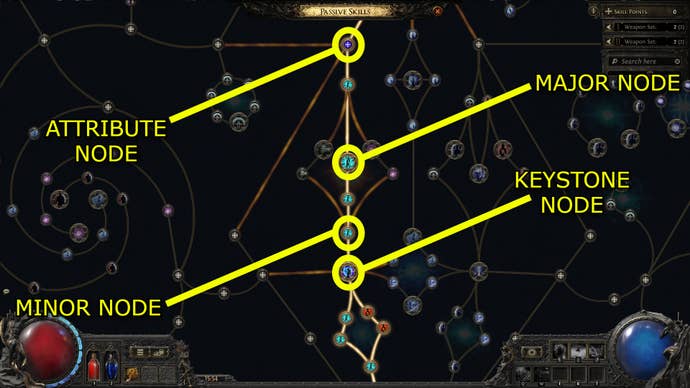
Nodes on the Passive Skill Tree encompass the following types:
- Attribute nodes: These feature a cross symbol and let you add +5 to your Strength, Dexterity, or Intelligence.
- Minor nodes: These feature a specific icon and give a small bonus to a particular stat or skill - for instance, the Spell and Minion damage node, which grants 8% increased spell damage and 8% increased damage to minions.
- Major nodes: These are usually connected to Minor nodes, feature the same icon, and give a larger bonus to the same stat or skill - for instance, the Power of the Dead node, which grants 15% increased damage and 3% increased attack and cast speed to minions.
- Keystone nodes: These are unique nodes that can often be found at the intersection of other nodes, or at the end of a particular path of the Passive Skill Tree. They confer the biggest bonuses - for instance, the Raw Destruction node, which grants 16% increased Spell Damage, 16% increased Damage to minions, and +10 to Intelligence.
Path of Exile 2 weapon specialisation
In Path of Exile 2, you can switch up your chosen skills to align with your weapon specialisation, which refers to whatever weapon you've currently got equipped. This system grants you an excellent degree of flexibility. You can have one set of Strength-based nodes active for a sword, for instance, and an entirely different set of Dexterity-based nodes active for a bow that you keep for backup just in case a little range is necessary.
In order to assign different skills to different weapons, you'll need Weapon Set Passive Skill Points. These are acquired from completing Path of Exile 2's optional bosses and side quests and obtaining a Book of Specialisation, a rare item that instantly gives you two Weapon Set Passive Skill Points.
You can check how many Weapon Set Passive Skill Points you have by opening up the Passive Skill Tree and looking in the upper right corner. You'll see Weapon Set I and Weapon Set II, and a number listed in brackets next to each which represents the number of Weapon Set Passive Skill Points you can allocate to each weapon. Any nodes you select for a different weapon will appear connected by a different colour on the Passive Skill Tree.

How to respec in Path of Exile 2
You aren't locked into your skills in Path of Exile 2. Once you've progressed past a certain point in Act I and saved the Hooded One - the cryptic figure nailed to a tree in the game's introduction - you'll be able to visit him in town and select the Refund Passives option.
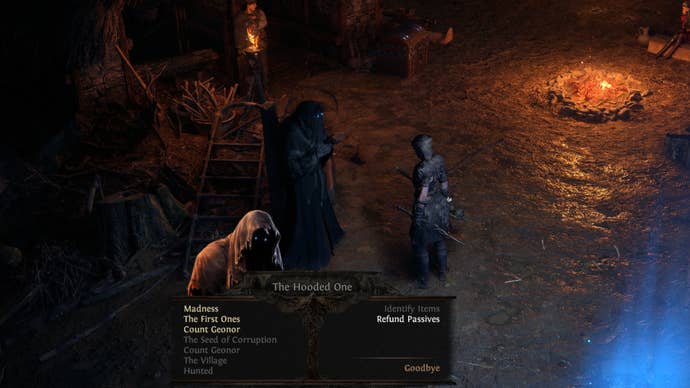
The cost of refunding passives changes depending on how far into the Passive Skill Tree you've progressed, but be prepared to pay at least 247 gold per node in the early game. This might seem a bit pricey at first, but it's a small amount to pay for the ability to completely respec your character if need be.
That concludes our look at everything you need to know about Path of Exile 2's Passive Skill Tree. If you need more assistance, check out our guide on what to do first in Path of Exile 2, our class tier list, our guide to crafting, and our rundown of character Attributes.


